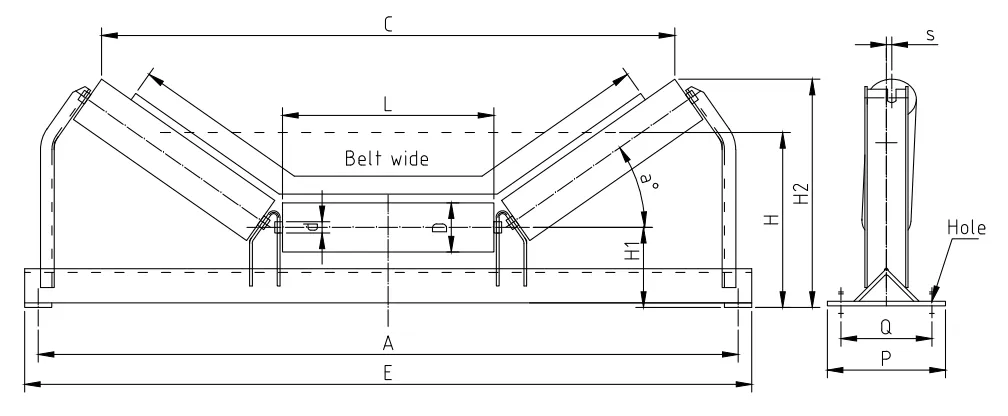 Afrikaans
Afrikaans  Albanian
Albanian  Amharic
Amharic  Arabic
Arabic  Armenian
Armenian  Azerbaijani
Azerbaijani  Basque
Basque  Belarusian
Belarusian  Bengali
Bengali  Bosnian
Bosnian  Bulgarian
Bulgarian  Catalan
Catalan  Cebuano
Cebuano  Corsican
Corsican  Croatian
Croatian  Czech
Czech  Danish
Danish  Dutch
Dutch  English
English  Esperanto
Esperanto  Estonian
Estonian  Finnish
Finnish  French
French  Frisian
Frisian  Galician
Galician  Georgian
Georgian  German
German  Greek
Greek  Gujarati
Gujarati  Haitian Creole
Haitian Creole  hausa
hausa  hawaiian
hawaiian  Hebrew
Hebrew  Hindi
Hindi  Miao
Miao  Hungarian
Hungarian  Icelandic
Icelandic  igbo
igbo  Indonesian
Indonesian  irish
irish  Italian
Italian  Japanese
Japanese  Javanese
Javanese  Kannada
Kannada  kazakh
kazakh  Khmer
Khmer  Rwandese
Rwandese  Korean
Korean  Kurdish
Kurdish  Kyrgyz
Kyrgyz  Lao
Lao  Latin
Latin  Latvian
Latvian  Lithuanian
Lithuanian  Luxembourgish
Luxembourgish  Macedonian
Macedonian  Malgashi
Malgashi  Malay
Malay  Malayalam
Malayalam  Maltese
Maltese  Maori
Maori  Marathi
Marathi  Mongolian
Mongolian  Myanmar
Myanmar  Nepali
Nepali  Norwegian
Norwegian  Norwegian
Norwegian  Occitan
Occitan  Pashto
Pashto  Persian
Persian  Polish
Polish  Portuguese
Portuguese  Punjabi
Punjabi  Romanian
Romanian  Russian
Russian  Samoan
Samoan  Scottish Gaelic
Scottish Gaelic  Serbian
Serbian  Sesotho
Sesotho  Shona
Shona  Sindhi
Sindhi  Sinhala
Sinhala  Slovak
Slovak  Slovenian
Slovenian  Somali
Somali  Spanish
Spanish  Sundanese
Sundanese  Swahili
Swahili  Swedish
Swedish  Tagalog
Tagalog  Tajik
Tajik  Tamil
Tamil  Tatar
Tatar  Telugu
Telugu  Thai
Thai  Turkish
Turkish  Turkmen
Turkmen  Ukrainian
Ukrainian  Urdu
Urdu  Uighur
Uighur  Uzbek
Uzbek  Vietnamese
Vietnamese  Welsh
Welsh  Bantu
Bantu  Yiddish
Yiddish  Yoruba
Yoruba  Zulu
Zulu non drive pulley
Understanding Non-Drive Pulleys Essential Components in Mechanical Systems
Pulleys are fundamental components in mechanical systems, serving various purposes in the transfer of motion and force. Among these, non-drive pulleys play a crucial role in enhancing the efficiency and functionality of machines. In this article, we will explore what non-drive pulleys are, how they operate, and their significance in various applications.
What Are Non-Drive Pulleys?
A non-drive pulley is a pulley that does not contribute to the power transfer or movement of the belt or cable in a mechanical system. Instead, it serves logistical roles such as redirecting motion, guiding cables, or supporting the load. While drive pulleys are responsible for transmitting power by being connected to a motor or engine, non-drive pulleys facilitate system efficiency without engaging the power source directly.
Typically, non-drive pulleys can be categorized into two types idler pulleys and tensioning pulleys. Idler pulleys help guide the belt in a particular direction, while tensioning pulleys maintain the necessary tension in the belt to ensure smooth operation.
Working Mechanism
The operation of non-drive pulleys is relatively straightforward but essential for optimal performance in various systems. When a drive pulley rotates, it pulls or pushes on a belt or rope that passes over the non-drive pulley. As the belt moves, the non-drive pulley can change the direction of the belt, allowing for more versatile configurations in machinery. This capability is particularly advantageous in tight spaces where direct linear paths are not feasible.
non drive pulley

In the case of tensioning pulleys, they play a critical role in exerting force on the belt to keep it taut. This tension is vital to prevent slippage, which can lead to energy loss, increased wear, and potential damage to the system. Properly maintained tension ensures the longevity and reliability of the entire mechanical assembly.
Applications of Non-Drive Pulleys
Non-drive pulleys are utilized in a wide range of applications across various industries. One common use is in automotive systems, where they can be found in engine timing belts, drive belts, and accessory belts. In these scenarios, non-drive pulleys help direct the movement of belts around various engine components, ensuring optimal synchronization.
Additionally, non-drive pulleys are integral to conveyor systems in manufacturing and logistics. They facilitate the smooth movement of materials by altering the path of conveyor belts without applying power directly. This application reduces friction and wear, resulting in increased efficiency and reduced maintenance costs.
In the world of construction, non-drive pulleys are utilized in cranes and hoists. They manage the lifting and lowering of heavy loads by allowing ropes and cables to navigate changes in direction with ease. By effectively controlling the movement of cables, non-drive pulleys contribute to safety and precision in lifting operations.
Conclusion
Non-drive pulleys may seem like minor components in the grand scheme of mechanical design, but their role is anything but insignificant. By redirecting motion and maintaining tension in belts, they contribute to the efficiency, reliability, and safety of various systems. Understanding the importance of non-drive pulleys is essential for anyone working with mechanical machinery, as they exemplify the intricate balance of engineering that allows complex systems to function smoothly. Whether in automotive applications, manufacturing processes, or construction sites, non-drive pulleys are indispensable partners to their drive counterparts, working silently to ensure the overall effectiveness of operations.
-
Revolutionizing Conveyor Reliability with Advanced Rubber Lagging PulleysNewsJul.22,2025
-
Powering Precision and Durability with Expert Manufacturers of Conveyor ComponentsNewsJul.22,2025
-
Optimizing Conveyor Systems with Advanced Conveyor AccessoriesNewsJul.22,2025
-
Maximize Conveyor Efficiency with Quality Conveyor Idler PulleysNewsJul.22,2025
-
Future-Proof Your Conveyor System with High-Performance Polyurethane RollerNewsJul.22,2025
-
Driving Efficiency Forward with Quality Idlers and RollersNewsJul.22,2025





























